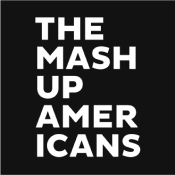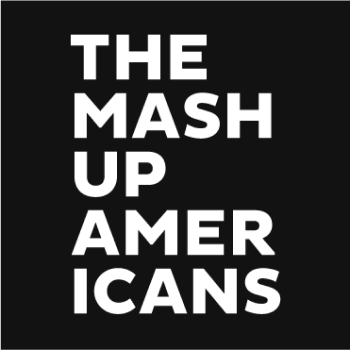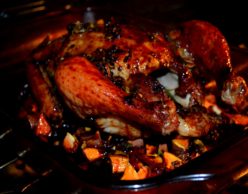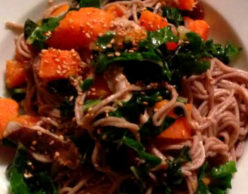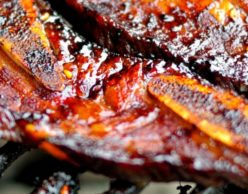Chino: On Empanadas and Hip Hop
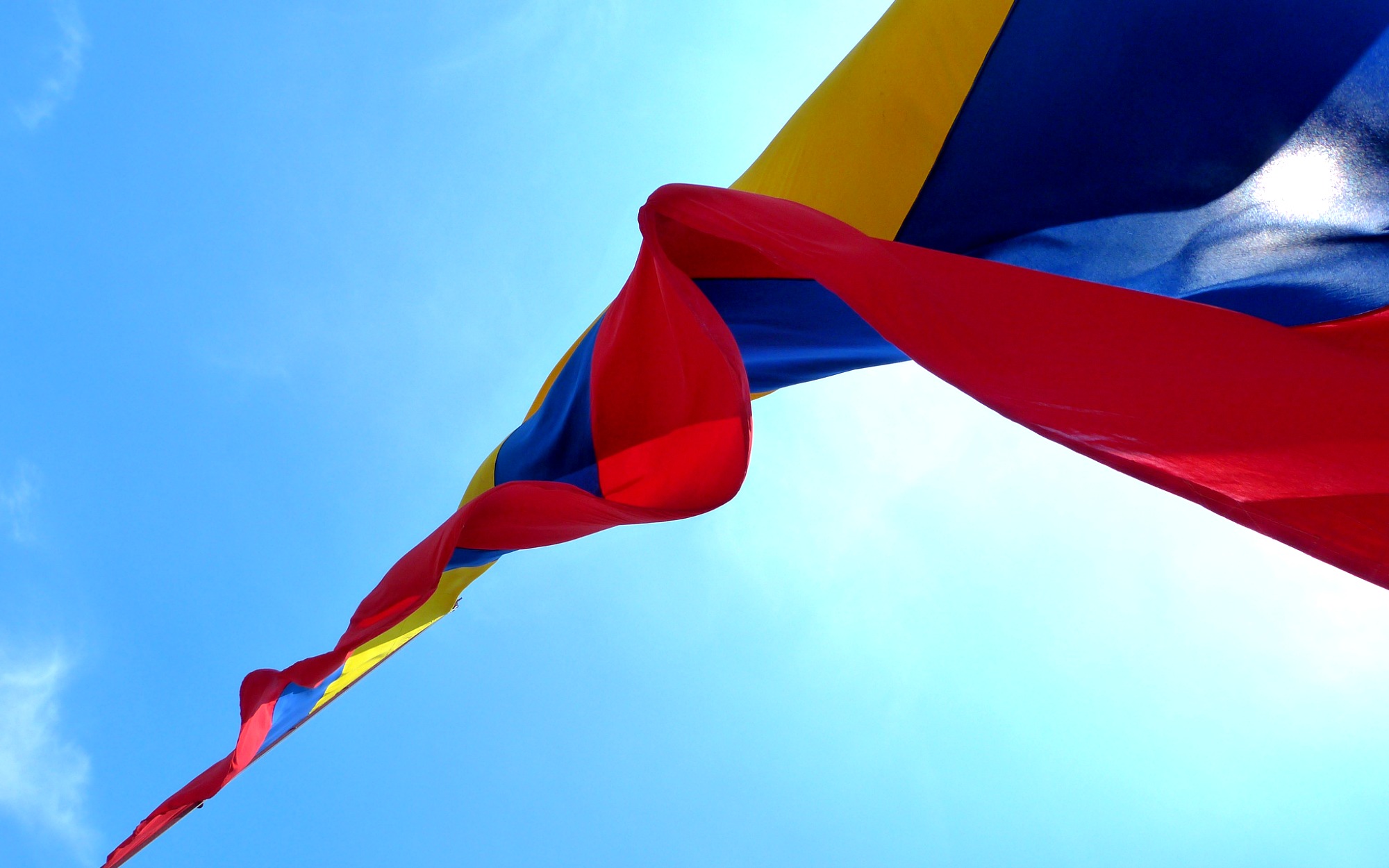
As part of a new series of interviews exploring food and identity, The Mash-Up Americans is talking to chefs, food writers, and industry veterans about why food matters, and why it matters so much.
First up in the series is Chino, an artist, music producer, and entrepreneur. His restaurant in Los Angeles’ Koreatown, Escala K-Town, serves Colombian food with a Korean flair, cooked by Chef Chris Oh, of Seoul Sausage fame. He sat down with The Mash-Up Americans to talk about Mexican gangs, making tofu from scratch, and why he’s called Chino.
Tell us a little bit about your background.
I was born in Seoul. My father was a diplomat, so he moved to Bogota from South Korea in 1967, then the rest of us followed shortly after. He and two other diplomats were the first Koreans in Colombia. My father is also the founder of tae kwon do in Colombia, and he’s more recognized for that than anything else he’s done. I’m the youngest of four kids. We were there until 1977, and that’s when my sisters and brother and I came to the U.S. to go to school in L.A. My dad stayed in Colombia, and my mom went back and forth. I started school in the states in the sixth grade.
Chino is definitely not your real name. How’d you get it?
My real name is Kyu Min Lee. When I came to the U.S., all my friends were Mexican and Chicano kids because I couldn’t speak Korean too well, and I didn’t speak English. They gave me the nickname.

Did you speak Korean at home?
We all started out speaking Korean in the house. When we moved to Colombia, we got really comfortable with Spanish at school with our friends. There were no other Korean kids to be friends with in Colombia, so we started speaking Spanish to each other at home. Our parents always spoke to us in Korean, but eventually my parents started speaking to us in a mixture of Korean and Spanish, and we’d answer back in Spanish.
Do you feel guilty about not speaking Korean?
I wish I did speak Korean, but it’s nothing I feel guilty about. When I do go to Korea I wish I could communicate with people better, but I’m not regretting anything.
When did you learn English?
We were learning in Colombia but it was English at school, not English that we practiced with anyone. I was in an ESL program when I moved to the states. I didn’t feel comfortable speaking English until we got here.
Korean kids thought I was weird because I couldn’t speak Korean, but I spoke Spanish.
Did you feel connected to the Korean community in L.A.?
I was proud to be Korean. Being in Colombia and being one of a few Asian kids — you could either be embarrassed of it or be really proud of it, and I was proud. So coming here, I was happy to see other Korean people. At the same time, the Korean kids were not as embracing as the Mexican kids were. Korean kids thought I was weird because I couldn’t speak Korean, but I spoke Spanish. The Mexican kids thought it was weird, but cool weird, so that’s where I ended up. It could have gone either way. I spoke enough broken Korean that I could have communicated with Korean kids and gotten better at speaking. But that just didn’t happen.
Did you ever wish you belonged more?
No. I didn’t really care. I was always a different kid.
We often talk about hip hop as the universal language of Mash-Ups. What got you into the culture?
I went through a whole trouble making phase when I was young. I got involved in the 18th Street gang, which is probably the biggest street gang in L.A. I started tagging because of gang culture, not hip hop, when I was 11 years old. We listened to funk and soul. And then when Rapper’s Delight came out and we heard the rapping on it, to us we didn’t differentiate that it was a different genre. To us it was a different way to sing over funk music.
When hip hop really started coming into L.A. in the early ’80s we slowly started getting into it, but it wasn’t like we were all over it. My friends started getting into breakdancing and graffiti. I’m an artist, and I was tagging already, so when I started seeing New York style graffiti, it was super appealing. I started imitating that, and so did a lot of gang kids in L.A. Things happened gradually.
What was an 11-year-old doing in a gang?
I was in a Mexican gang. At the time, if you were Mexican or Black, you got into a gang. So for me, just hanging out with Mexicans, I just went with that. My friends all knew I was a Korean kid that spoke Spanish and came from Colombia. They loved having me around but also were very protective of me, like I was a little brother. When something big went down that might put me in danger they would say “Chino, stay home, this is not for you.” I got kicked out of four high schools before I finally graduated.
What got you off that path?
My art teacher in high school really made me get my shit together. Ms. Stiles. She told me I was talented and that I could go down a different path, become an artist or an illustrator. She would send me on little scholarship art programs to local colleges. She’s the one that set me straight, more than anything else.
How’d you get into the restaurant business?
I did a lot of different things — I owned a record shop, and worked in the music industry doing management and marketing, a lot of nightlife promotion. A couple of years ago I was trying to find a way to get back to my art, but it’s not like at my age you can just pick up and get a job as a designer somewhere. So I had to find something on my own. A friend of my sister’s owned this Koreatown bar called Bohemian, which was a real staple in the community. The bar was going out of business, so he offered the space to my sister. She brought it to me. I jumped on it. I didn’t know anything about running a restaurant.
How did Chris Oh get involved?
The first thing I told him was: You gotta learn how to make an empanada.
A mutual friend introduced us. He’d just won a bunch of contests for Seoul Sausage. We started brainstorming. I told him I wanted to do something Colombian inspired, and he was down. So we’d go eat Colombian food around L.A. There’s not much! But there were a couple things I knew I wanted, like Colombian-style empanadas and arepas. That was the first thing I told him: You gotta learn how to make an empanada. That’s like the most Colombian food there is. It’s something you eat almost every day. It brings back a lot of childhood memories and the Colombian empanada is pretty different than the baked crust empanada made popular by Argentinians. In Colombia it is a deep fried yellow corn crust. I wanted to bring something cool that is kind of rare in L.A. Chris came up with the more modern items.
He had his own take, with very subtle Korean touches to it, but ultimately I wanted to make the Korean influence more obvious. I felt like serving just Colombian food didn’t represent my Korean side, and for me, it’s 50-50. Because even though I can’t speak Korean and didn’t grow up there, I feel Korean. Being Colombian is something I carry in my heart. And besides, I grew up eating both. I ate Colombian food out in Colombia, and I ate Korean food at home. So for me and my siblings, our favorites foods are Colombian and Korean. Basically I wanted a place with all of my favorite foods.
Food is so powerful when it comes to our identity.
Food is family. It is memories.
What did you eat growing up in Colombia?
Food is family. It is memories.
We wanted my mom to cook Colombian food because as soon as we learned about it, we loved it. So we’d try to get our mom to cook certain things at home but she was horrible at it! She tried, but she couldn’t even get the Colombian rice right. But my mom managed to make really authentic and delicious Korean food without having any ingredients. She would have to make things from scratch. When she made tofu she made it from soybean sprouts that she actually grew herself. I remember going all over Bogota and walking through the markets with her and looking for things to make Korean food.
That is love! What is your comfort food?
A burrito (laughs). It’s so L.A. right? A burrito. It’s probably one of favorite foods.
Do you feel American? Colombian? Korean?
Just Korean. I feel Colombian in spirit, and it’s within me, but not embedded in me. It’s weird. As much as I love Colombia, if I watch a soccer game between Colombia and Korea, I’ll root for Korea more.
Do you feel like you belong in L.A.?
Yes. I belong in L.A. as much as I belong in Bogota or Seoul.
You are so at ease with yourself. What advice would you give to a Mash-Up kid who is struggling to define themselves?
It’s about how you look at your environment. Explore the world you live in. Everything is there is for you, and you just choose what you want to take in. In America especially, young people want to become part of the environment rather than seeing themselves as an individual. They want to be what they’re looking at. And that’s when you struggle and feel like you don’t belong. Be there in the moment, whatever that moment is.
Are you a fan of our interviews? Here’s a few more for your pleasure:
Jad Abumrad: Exploring the Margins on Radiolab, and in Life
Maria Hinojosa on Telling America’s Stories, Yours Included
Heidi Durrow on the Beauty of Being Mixed Race
